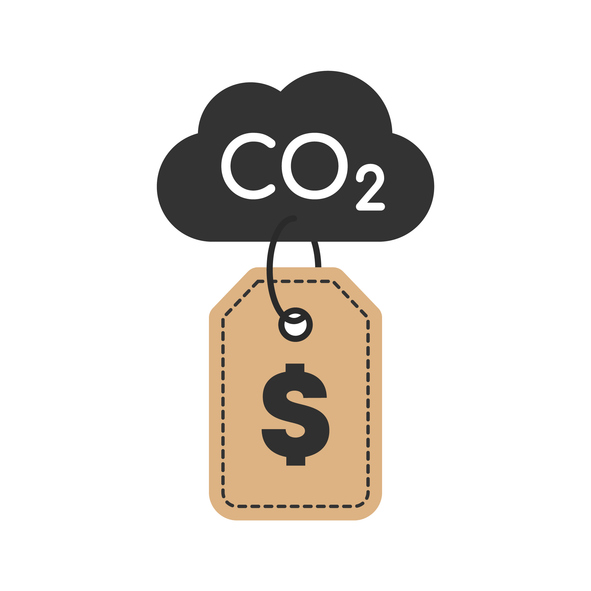The Treasury has today published today a new Analytical Note by Cory Davis, Boston Hart and Benjamin Stubbing, Household cost-of-living impacts from the Emissions Trading Scheme and using transfers to mitigate regressive outcomes.
The Analytical Note presents estimates of the impacts on household fuel, airfares, and food expenditure for a plausible increase in carbon price. It sets out how these impacts are distributed across the income distribution, across different household types, and across households that receive different forms of income support.
It also models different revenue recycling options that mitigate regressive impacts, including flat carbon dividends and changes to existing transfers. The focus of the paper is on descriptive statistics; it does not comment on the relative merits of the different transfers modelled or more broadly on the use of Emissions Trading Scheme revenue, the Treasury said in a statement.
In an extract from the Note, the Treasury notes: “The New Zealand ETS is the Government’s main tool for reducing greenhouse gas emissions. As emissions budgets tighten towards the achievement of longer-term targets, so will the supply of carbon credits. This will exert upward pressure on the price of carbon, which will flow through to the price of carbon intensive goods and services.
“While this price signal is the key mechanism of the ETS, it will have regressive impacts on household cost of living, particularly in the short-term; cost increases may be unavoidable for lower income households, and will consume a larger fraction of their disposable income.
“In this paper we use Treasury’s TAWA microsimulation model to show how hypothetical increased carbon prices could flow through to household expenditures, and how the impacts could vary across the household equivalized disposable income (HEDI) distribution. The expenditure impacts are regressive. Different household types have different energy use and income characteristics and are covered by different income support payments.
“With an eye to potential mitigations of regressive cost-of-living impacts, we investigate expenditure impacts for various household types and for households receiving different income support payments. We then model the net household impact of increased carbon prices and hypothetical offsetting transfers, which include universal payments and increases to existing transfers.
“We compare the fiscal costs and poverty impacts of these transfers. This paper focuses solely on the hypothetical modelling exercise and does not comment on the relative merits of the different transfers modelled or more broadly on the use of ETS revenue.”



